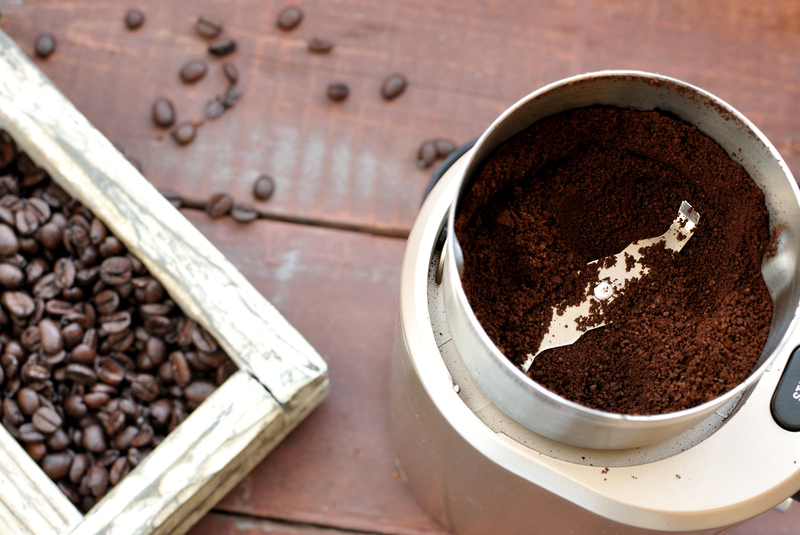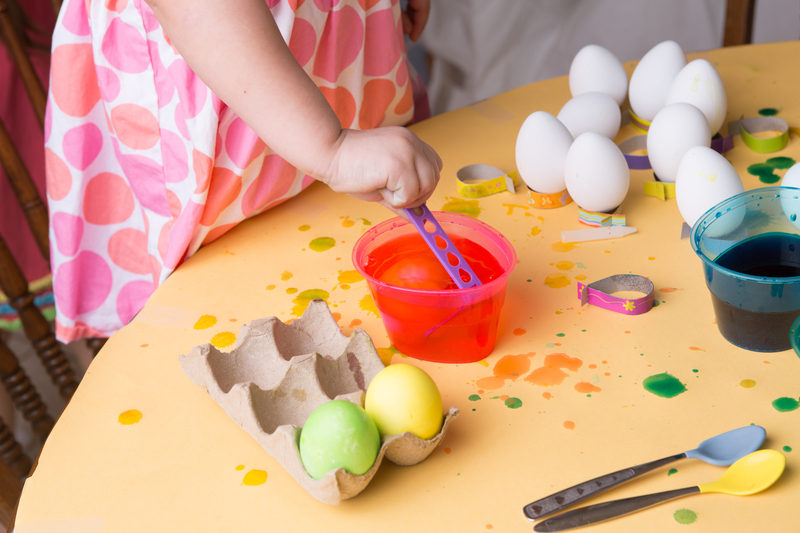Removing Limescale Buildup
Posted on 25/07/2024
Limescale is a common household issue, especially in areas with hard water. This chalky white deposit often accumulates around faucets, showerheads, and other water fixtures, detracting from your home's cleanliness and aesthetic.
Understanding how to remove limescale buildup can save you time and money, and prevent potential damage to your pipes and appliances. Here's your comprehensive guide to effectively tackling this persistent problem.
What is Limescale?
Limescale is a hard, chalky deposit, mainly consisting of calcium carbonate. It forms when water with high mineral content, commonly known as hard water, evaporates and leaves these minerals behind. Over time, these minerals accumulate and create limescale.

Why is Limescale a Problem?
Limescale buildup isn't just an eyesore; it can also impair the efficiency of your appliances and plumbing. In coffee makers and kettles, limescale can affect the taste of your drinks. In showers and faucets, it can restrict water flow and potentially cause clogging. Furthermore, the buildup can lead to costly repairs or replacements if left untreated.
How to Remove Limescale
1. Vinegar and Baking Soda
These two ingredients are powerhouses for natural cleaning. Simply mix equal parts vinegar and water in a spray bottle and apply it to the affected areas. Allow the solution to sit for about 30 minutes before scrubbing with a brush. For stubborn limescale, create a paste using baking soda and water, apply it to the surface, wait a few minutes, and then scrub off.
2. Lemon Juice
Lemon juice is another natural remedy effective in dissolving limescale due to its citric acid content. Squeeze fresh lemon juice onto the limescale, let it sit for about an hour, and scrub with a toothbrush or abrasive pad.
3. Commercial Limescale Removers
For more severe buildup, a commercial limescale remover might be necessary. Always follow the manufacturer's instructions when using these products, and take appropriate safety precautions such as wearing gloves.
4. Prevention Methods
To reduce future limescale buildup, consider installing a water softener system. These systems work by removing the minerals that cause limescale, thus preventing it from forming in the first place. Regularly cleaning your fixtures and appliances can also help keep limescale at bay.

Tips for Stubborn Limescale
- Faucets: Remove detachable parts like the aerator and soak them in vinegar overnight to dissolve stubborn buildup.
- Showerheads: Fill a plastic bag with vinegar, place it over the showerhead, and secure it with a rubber band. Let it sit for several hours before rinsing thoroughly.
- Appliances: For kettles and coffee makers, fill them with a mixture of vinegar and water, run a complete cycle, and then rinse several times to remove any lingering taste or smell of vinegar.
Pros and Cons of Limescale Removal Methods
Pros
- Natural Remedies: Vinegar, baking soda, and lemon juice are eco-friendly, non-toxic, and cost-effective.
- Effectiveness: Both natural and commercial methods can effectively remove limescale when used correctly.
- Accessibility: Most limescale removal ingredients are readily available in stores or already in your pantry.
Cons
- Time-Consuming: Especially stubborn limescale may require several applications and scrubbing sessions.
- Safety Concerns: Some commercial cleaners can be harsh and require careful handling to avoid skin contact or inhalation of fumes.
- Prevention Costs: Installing a water softener system involves an initial investment, though it can be cost-saving in the long run.
Takeaways
- Frequency: Regularly clean fixtures to prevent buildup.
- Natural Methods: Use vinegar, baking soda, and lemon juice for a natural and eco-friendly solution.
- Commercial Cleaners: Opt for these in cases of severe buildup, but use them carefully.
- Prevention: Consider investing in a water softener system to prevent future limescale.
Conclusion
Removing limescale buildup is essential not only for maintaining a clean appearance in your home but also for ensuring the efficiency and longevity of your fixtures and appliances. By using natural methods like vinegar, baking soda, and lemon juice, or opting for a commercial cleaner for tough jobs, you can effectively combat limescale. Additionally, preventive measures like regular cleaning and installing a water softener system can keep limescale at bay. Through proper care and maintenance, you can enjoy a clean, efficient, and limescale-free home.



